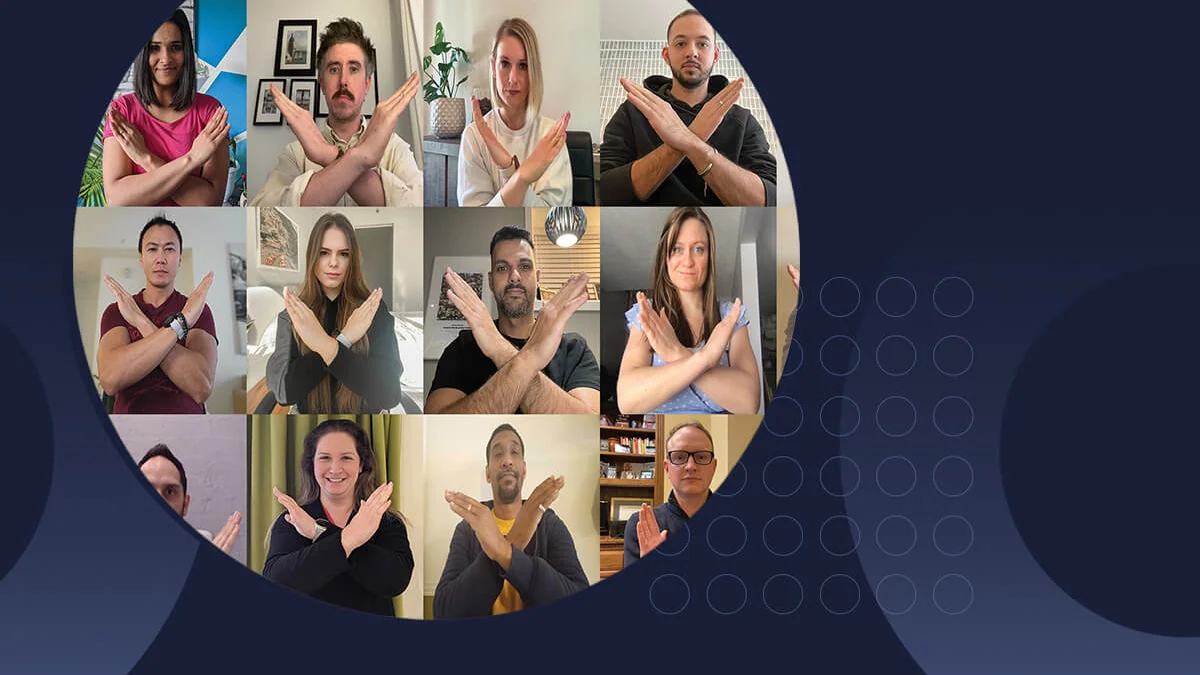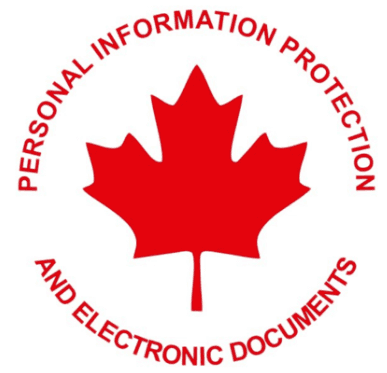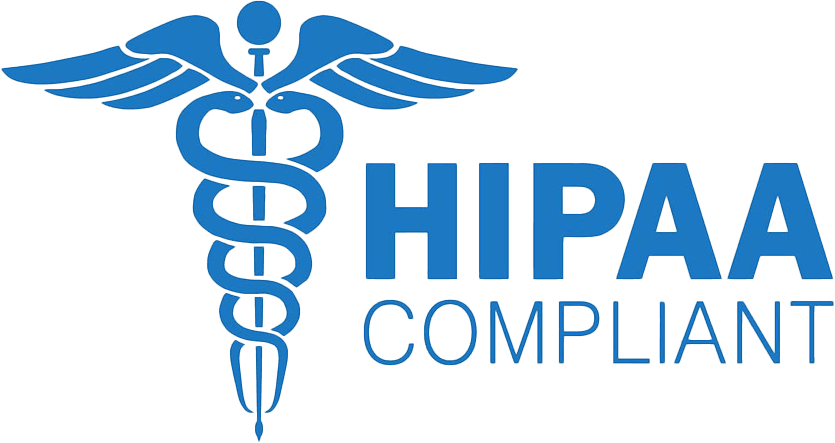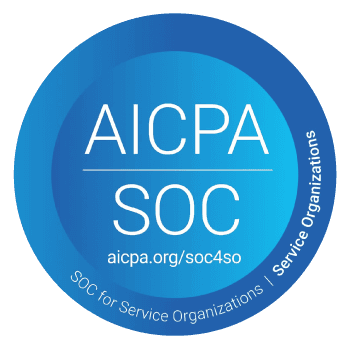Publish Date
2022-03-10
While many industries and companies have made great strides when it comes to creating more gender-inclusive workplaces, it's clear there is more work to be done and that bias and inequality continue to exist in hiring processes and work environments.
Statistical OverviewResearch from the Canadian Women's Foundation shows that women in Canada hold only 25% of vice president roles and 15% of CEO positions, despite the fact that 82% of women between the ages of 25 and 54 are part of Canada's workforce. In order to move forward, we need to challenge and break the bias.
International Women's Day ThemeThe theme for International Women's Day 2022 was all about breaking biases to create a world where differences are valued and celebrated. Wrk hosted a Twitter chat to discuss how we can all work together to create more gender-inclusive work environments in which women feel seen, heard, and can thrive. We share just some of the insights uncovered here.
Responding to Microaggressions and BiasMicroaggressions are a sad reality for many working women, with as many as 64% of women facing microaggressions at work. Research shows that women often have to prove their competence more than men and are 2 times more likely to be mistaken for someone in a more junior position.Microaggression is a type of everyday discrimination that reflects inequality and is often targeted at marginalized groups including women, people of colour, and LGBTQ2s+ people. It can be direct or indirect, ranging from repeatedly mispronouncing someone's name to actual insults.While Twitter chat panelists acknowledged that addressing and speaking up against microaggressions may be difficult or uncomfortable, they said it's something that has to be done. But one key component of speaking up is education, as someone may not be aware that their actions or words are harmful. Explaining the impact is crucial. "So often both the speakers and those around them, if not trained in creating safe and inclusive spaces, will not even register that it's happened. Training your leadership team to recognize these moments is key," explained Kelsea Gust, Marketing Director at Wrk.
"The Great Resignation" and Progressive EmployersToday, one term that is increasingly being used to describe the vast amount of people leaving their jobs voluntarily is "The Great Resignation." One theory to explain this phenomenon is the fact that the ongoing pandemic is causing people to rethink where, how, and why they work. Throughout 2021, on average, a record 3.95 million Americans quit their jobs each month. All this to say, it's currently a job seeker's market.
Creating More Gender-Inclusive Work EnvironmentsWith many teams continuing to work remotely or adopting hybrid environments, virtual meetings aren't going anywhere. But have you ever thought about how virtual meetings may affect gender equality? In fact, according to a Catalyst survey, 45% of women business leaders say it's difficult for women to speak up in virtual meetings. So how do we address this issue to break the bias?
Revamping Hiring ProcessesOf course, it's vital to encourage diversity and inclusion in hiring processes. But if your company is at the beginning of its journey, how do you do this? Andrea Chrysanthou, an award-winning communicator with more than 10 years of experience in public relations and corporate communications, noted, "We can begin mentoring more women and specifically more BIPOC women so that they feel more welcome in our workplaces. Some of these women don't have the experience or connections to get that first job or to write a resume or cover letter. We can fill in those gaps."
Break the Bias and Elevate TogetherWe finished the chat by asking how women can encourage and lift each other up in the workplace. Mentorship was a common theme, as well as leading by example to inspire others. Publicly acknowledging women's successes and accomplishments were mentioned as another way to lift each other up and ensure women have more visibility. Lisa Baer, a brand and marketing strategist noted, "We elevate together!"
While we certainly had a great discussion to recognize and celebrate International Women's Day, It's vital that we remember these insights throughout the year, beyond just a date on the calendar. Women's accomplishments should be celebrated and amplified at all times to truly break the bias and create more gender-inclusive workplaces. We know that we will remember this important discussion going forward as we continue to build our processes within our own organization.At Wrk, we believe empowerment is vital and continuously work to support all members of our team to reach their full potential. Check out our blogs to learn more about our team and values.
Statistical OverviewResearch from the Canadian Women's Foundation shows that women in Canada hold only 25% of vice president roles and 15% of CEO positions, despite the fact that 82% of women between the ages of 25 and 54 are part of Canada's workforce. In order to move forward, we need to challenge and break the bias.
International Women's Day ThemeThe theme for International Women's Day 2022 was all about breaking biases to create a world where differences are valued and celebrated. Wrk hosted a Twitter chat to discuss how we can all work together to create more gender-inclusive work environments in which women feel seen, heard, and can thrive. We share just some of the insights uncovered here.
Responding to Microaggressions and BiasMicroaggressions are a sad reality for many working women, with as many as 64% of women facing microaggressions at work. Research shows that women often have to prove their competence more than men and are 2 times more likely to be mistaken for someone in a more junior position.Microaggression is a type of everyday discrimination that reflects inequality and is often targeted at marginalized groups including women, people of colour, and LGBTQ2s+ people. It can be direct or indirect, ranging from repeatedly mispronouncing someone's name to actual insults.While Twitter chat panelists acknowledged that addressing and speaking up against microaggressions may be difficult or uncomfortable, they said it's something that has to be done. But one key component of speaking up is education, as someone may not be aware that their actions or words are harmful. Explaining the impact is crucial. "So often both the speakers and those around them, if not trained in creating safe and inclusive spaces, will not even register that it's happened. Training your leadership team to recognize these moments is key," explained Kelsea Gust, Marketing Director at Wrk.
"The Great Resignation" and Progressive EmployersToday, one term that is increasingly being used to describe the vast amount of people leaving their jobs voluntarily is "The Great Resignation." One theory to explain this phenomenon is the fact that the ongoing pandemic is causing people to rethink where, how, and why they work. Throughout 2021, on average, a record 3.95 million Americans quit their jobs each month. All this to say, it's currently a job seeker's market.
Creating More Gender-Inclusive Work EnvironmentsWith many teams continuing to work remotely or adopting hybrid environments, virtual meetings aren't going anywhere. But have you ever thought about how virtual meetings may affect gender equality? In fact, according to a Catalyst survey, 45% of women business leaders say it's difficult for women to speak up in virtual meetings. So how do we address this issue to break the bias?
Revamping Hiring ProcessesOf course, it's vital to encourage diversity and inclusion in hiring processes. But if your company is at the beginning of its journey, how do you do this? Andrea Chrysanthou, an award-winning communicator with more than 10 years of experience in public relations and corporate communications, noted, "We can begin mentoring more women and specifically more BIPOC women so that they feel more welcome in our workplaces. Some of these women don't have the experience or connections to get that first job or to write a resume or cover letter. We can fill in those gaps."
Break the Bias and Elevate TogetherWe finished the chat by asking how women can encourage and lift each other up in the workplace. Mentorship was a common theme, as well as leading by example to inspire others. Publicly acknowledging women's successes and accomplishments were mentioned as another way to lift each other up and ensure women have more visibility. Lisa Baer, a brand and marketing strategist noted, "We elevate together!"
While we certainly had a great discussion to recognize and celebrate International Women's Day, It's vital that we remember these insights throughout the year, beyond just a date on the calendar. Women's accomplishments should be celebrated and amplified at all times to truly break the bias and create more gender-inclusive workplaces. We know that we will remember this important discussion going forward as we continue to build our processes within our own organization.At Wrk, we believe empowerment is vital and continuously work to support all members of our team to reach their full potential. Check out our blogs to learn more about our team and values.
Start Automating with Wrk
Kickstart your automation journey with the Wrk all-in-one automation platform







